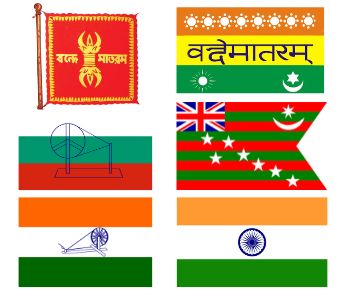- Sister Nivetita’s flag:
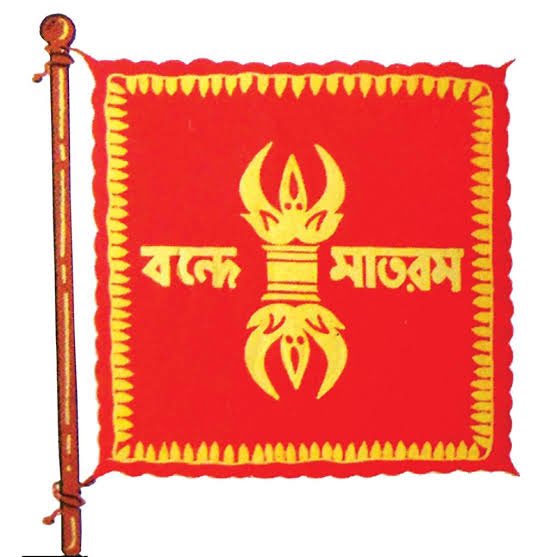
Sister Nivedita, Irish disciple of Swami Vivekananda was credited for the first national flag in 1904. This flag was designed using two colors yellow and red. The flag contained the symbol of ‘Vajra’ which signified strength and a white lotus depicts purity in the centre.”Bonde Matoram” Bengali word was written on it
- Vande Mataram Flag (1906):

In 1906 another flag came into existence which was hoisted on August 7, 1906 at an anti-partition rally in Parsee Bagan Square in Kolkata. This tricolor is believed to have been designed by Sachindra Prasad Bose and Sukumar Mitra. It had three stripes of green, yellow and red from top to bottom.
- Berlin Committee Flag (1907):

The Belin Committee Flag was collectively designed by Madame Bhikaji Cama, Vinayak Damodar Savarkar (Veer Savarkar) and Shyamji Krishna Varma. The flag was first unfurled in Stuttgrat, Germany by Madame Cama on August 22, 1907 and was the first Indian flag to be hoisted on foreign soil.
- Home Rule Flag (1917):
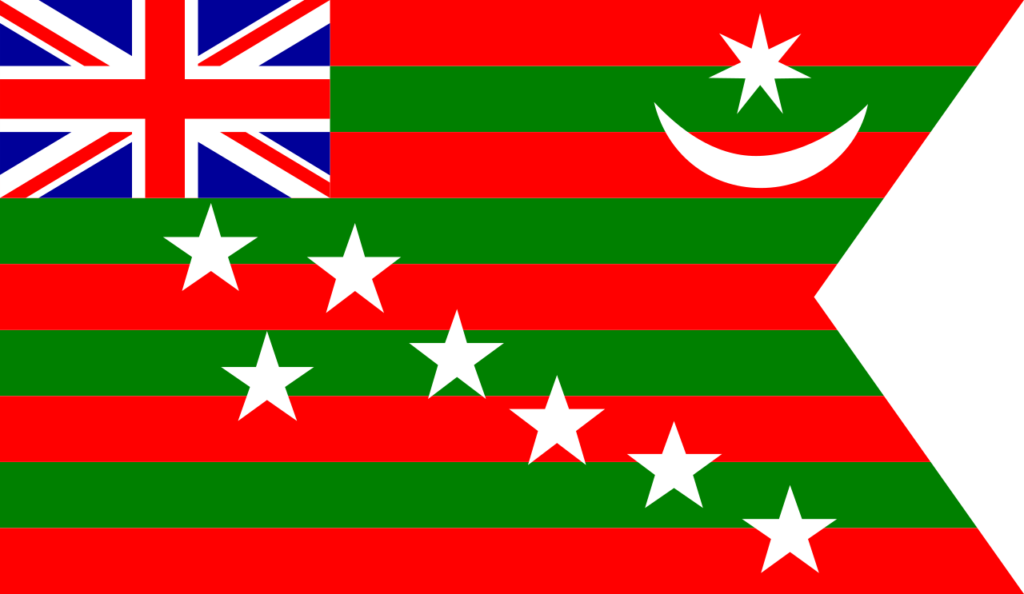
During the Home Rule movement, Bal Gangadhar Tilak adopted a new flag in 1917 to voice the demand for the status of a Dominion within the British Empire. The flag is a red-green stripped one with the union jack at the left top and seven stars in the middle,paced in the shape of the shape of ‘Saptarishi’ constellation.
- Congress Flag (1921):
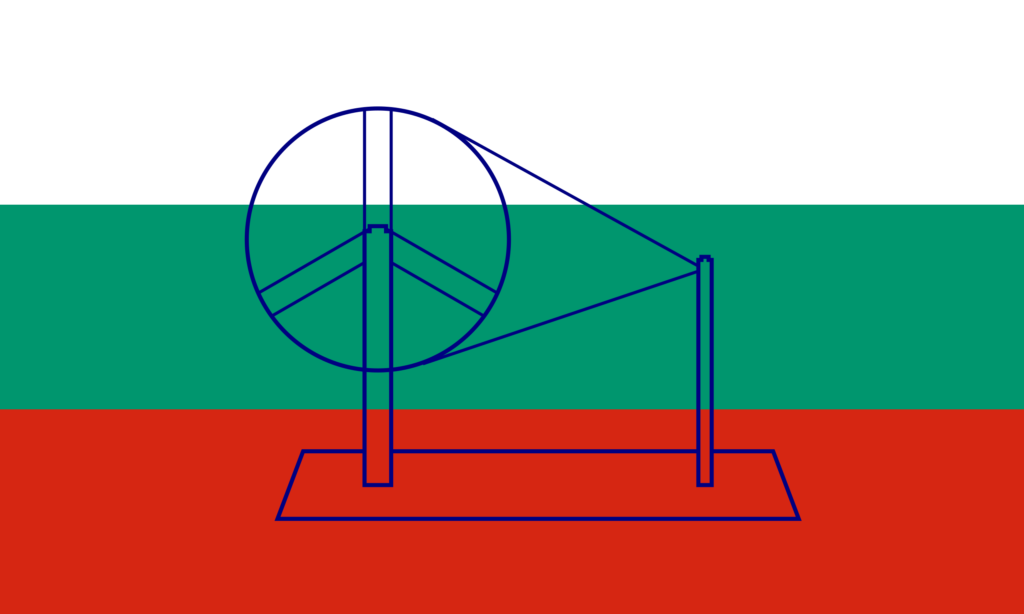
Gandhi first proposed a flag to the Indian National Congress in 1921. The flag was designed by Pingali Venkayya. In the center was a traditional spinning wheel, symbolizing Gandhi’s goal of making Indians self-reliant by fabricating their own clothing, between a red stripe for Hindus and a green stripe for Muslims.
- Swaraj Flag (1931):
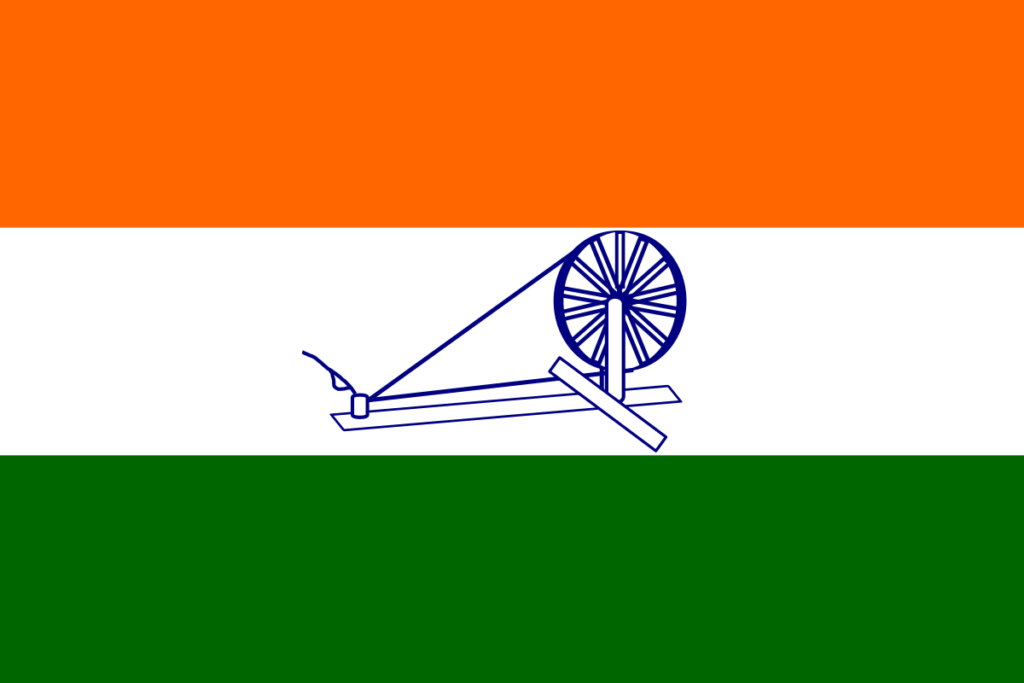
The tri-coloured flag with red, green and white, with a spinning wheel in the centre, was designed by Gandhiji. The Swaraj flag represents the Gandhian ideal of self-help.
- Independent India Flag (1947):
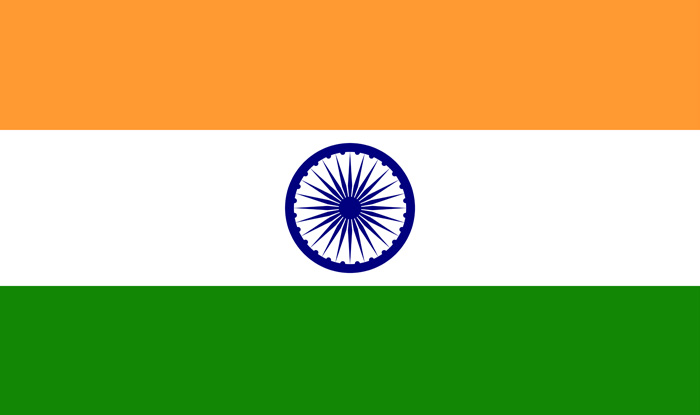
When India gained independence, a committee led by Dr. Rajendra Prasad was established to choose the country’s national flag. The Swaraj Flag was selected as the flag of independent India with minor changes by the committee. The Ashoka Chakra was used to replace the charkha in the middle, and so our current National Flag was born. The meaning of the colors has also been altered. The saffron band came to symbolize bravery and selflessness, while the white stripe represented purity, peace, and truth, the green stripe represented faith, fertility, and prosperity, and the Ashoka Chakra represented the rule of dharma.
Also Read – Did You Know What These Symbols On Indian Coins Below The Year Mean


